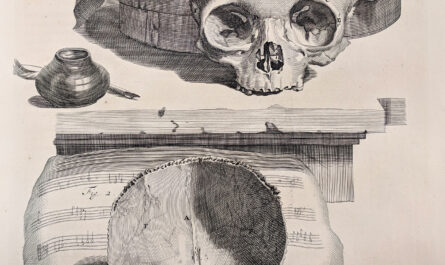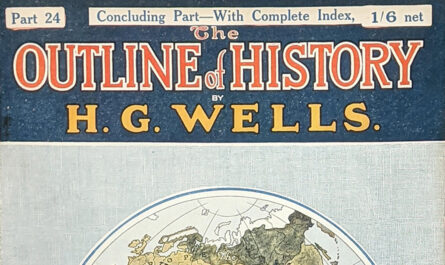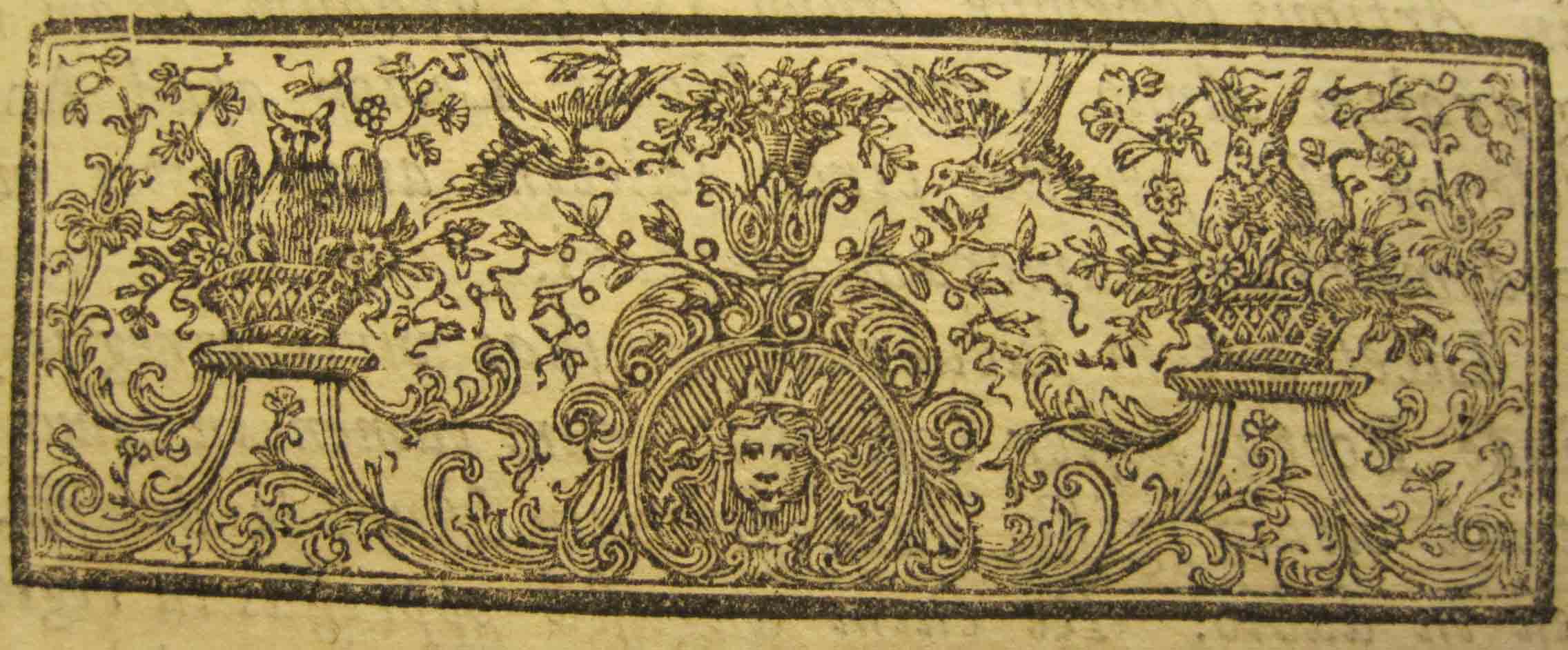SLU’s Rare Books is known for its strength in Jesuitica and theology, but it has also collected many notable works across a wide variety of disciplines. In today’s blog post, we are highlighting rare books in science with the works of Robert Boyle, one of the founders of modern chemistry. Boyle is remembered today for experiments that later led to the development of Boyle’s Law, which describes the inverse relationship between the pressure and volume of a gas at a constant temperature. His most famous work, The Skeptical Chymist, stands as a landmark publication in the history of the Scientific Revolution that elevated the status of chemistry as a formal discipline. SLU’s holdings of Boyle’s works in the Rare Books Division include:
- A 1669 edition of: Occasional reflections upon several subjects.
- Peter Shaw’s 3-volume 1738 edition: The philosophical works of the Honourable Robert Boyle Esq.
- Thomas Birch’s 5-volume 1744 edition: The works of the Honourable Robert Boyle.
Gas Experiments
Performing several experiments across an array of scientific areas, Boyle is best remembered for his work with gases, with the air pump as an especially favored tool. With a team of assistants, he created a sealed chamber, placed various objects inside, and manually pumped the air out. This led to many insights and discoveries throughout his career: First, that air could be pumped out of the chamber meant that void did indeed exist. He also discovered that air did have weight, that fire without air would be extinguished, that sound did not travel in a vacuum, and that air had a “spring”—an ability for compressibility, which today is known as pressure.
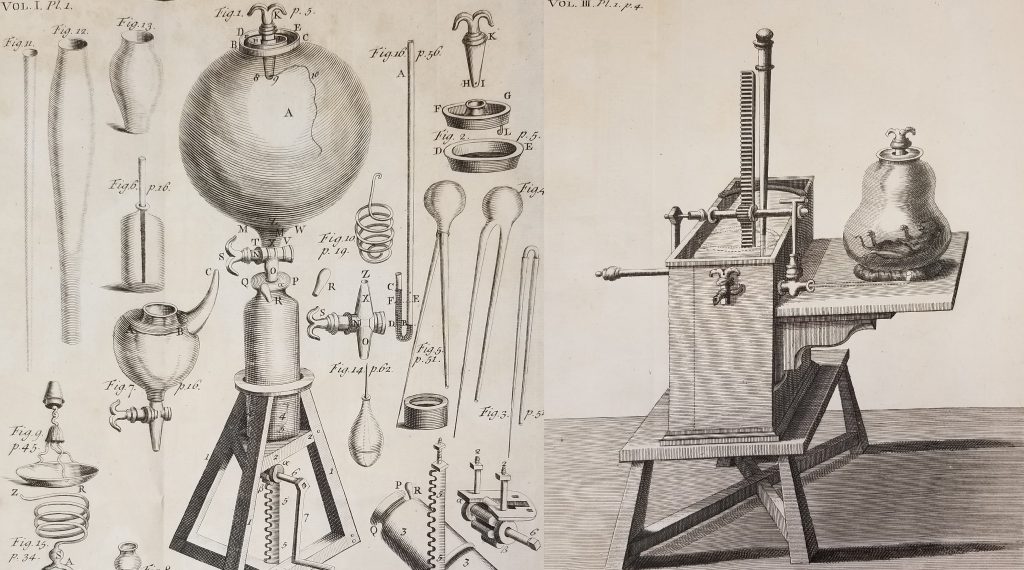
Mechanical Philosophy and The Skeptical Chymist
Published in 1661, Boyle’s Skeptical Chymist was a turning point in the debate about the nature of the material world. Boyle’s work sought to dismantle two predominant schools of thought that had prevailed for centuries: First, Boyle critiqued Aristotle’s Peripatetic School, which had supported the elemental theory that matter was composed of earth, fire, air, and water. Boyle also sought to disprove alchemy’s tripartite proposal of mercury, sulphur, salt, and their combinations as the foundational building blocks of matter. The work represented a pivotal movement in the history of science—when theories about cosmic elemental forces were replaced with “mechanical” explanations rooted in experimentation.
Boyle’s Writing
Boyle wrote and published his scientific findings with great frequency, often shortly after completing a series of experiments and even including results where his hypotheses had failed. As a result, his writing as a whole can be described as numerous, piecemeal, and miscellaneous. In the 18th century, over three decades after his death, editors and publishers sought to bring organization to the unwieldy corpus and to give easier access to lay readers.
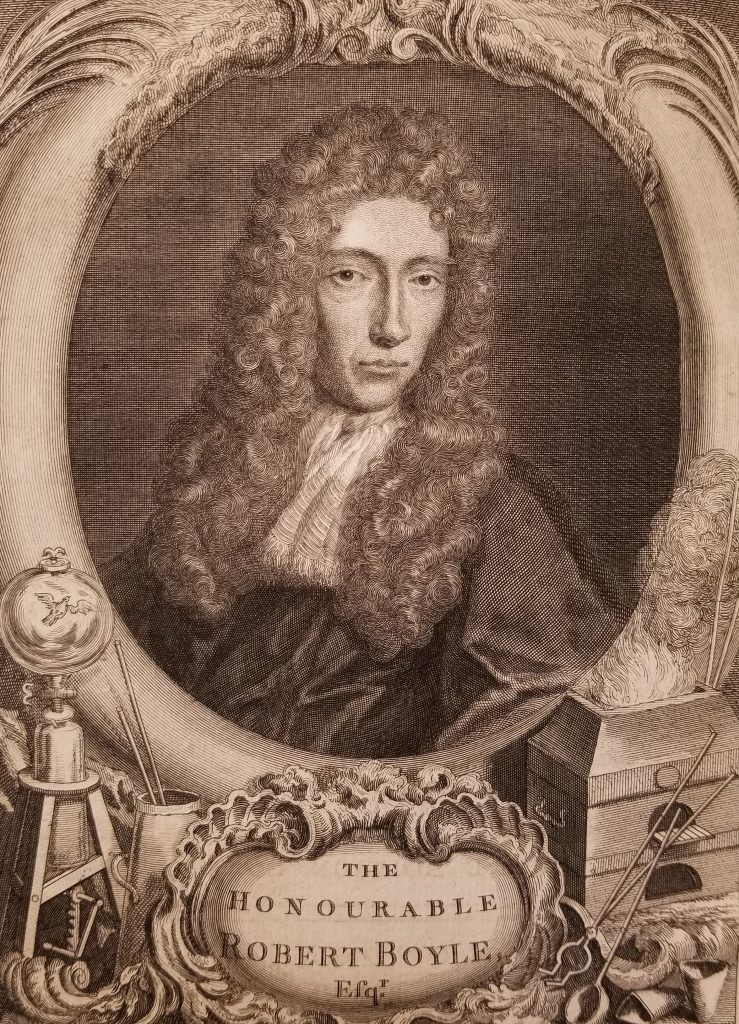
Abridged editions, they discovered, could facilitate this endeavor. Peter Shaw’s edition, first published in 1725 with a second edition released in 1738, demonstrates how abridged versions should not automatically be dismissed as inferior editions—as somehow less than original or complete versions. On the contrary, abridged versions could be vital and accessible entry points for a general audience. In his preface, Shaw writes of the need to “reduce them to an order fit for a ready and commodious perusal” and that it “was absolutely necessary to rectify numerous dislocations; to bring all Addenda and insertions into their proper places; and so to dispose and marshal the several scattered articles relating to the same subject, that they should together tend to compose one regular whole.”
Shaw’s edition is known for organizing Boyle’s scientific works by subject matter, which he believed brought about thematic coherency: “physics, statics, pneumatics, natural history, chymistry, medicine.” The early status of modern science as a formal discipline not quite fully separate from philosophy is also evident in Shaw’s title, which calls his scientific writing “philosophical works.”
In contrast to Peter Shaw, Thomas Birch’s 1744 edition organized Boyle’s works by chronology rather than subject. Birch had “a view of shewing the rise, progress, and dependencies of the Author’s discoveries; as in conformity to his own judgment.” A chronological structure could enable readers to see the trajectory of Boyle’s career and understand how his ideas developed over time. The edition was massive in scale—five volumes in folio format, with both Boyle’s scientific and non-scientific essays, some never-before-published writings, letters, prefaces that Boyle had written for other authors, engraved fold-out illustrations, portraits, a biography of Boyle, an appendix, and a listing of manuscripts not published in the edition.
SLU’s Rare Book Division also owns a 1669 edition of Boyle’s Occasional Reflections upon Several Subjects, a collection of essays of a moral nature. In addition to his scientific works, Boyle was also a devout Christian who frequently published writings on religion and spirituality, and the work demonstrates a fascinating overlap between his Christian beliefs and scientific interests.
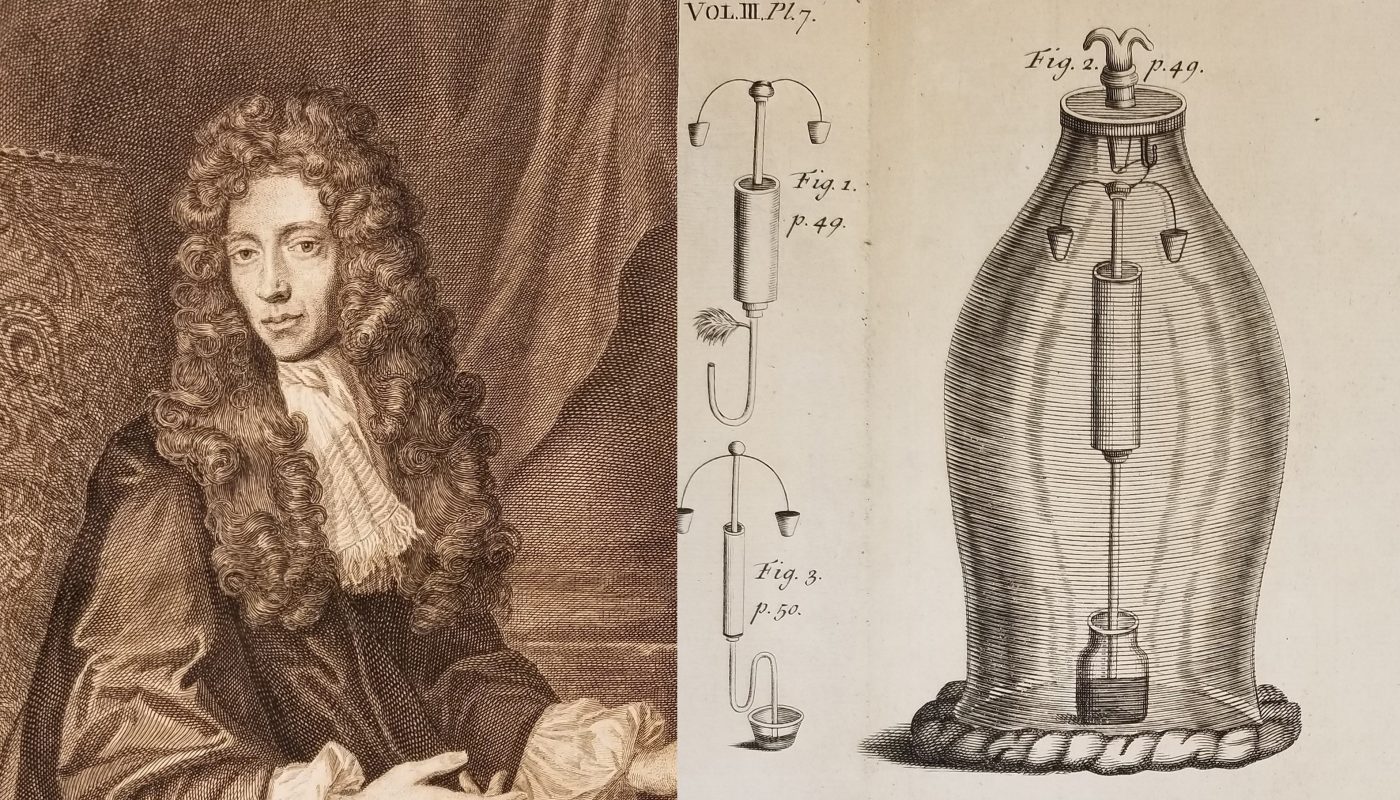
 by
by 